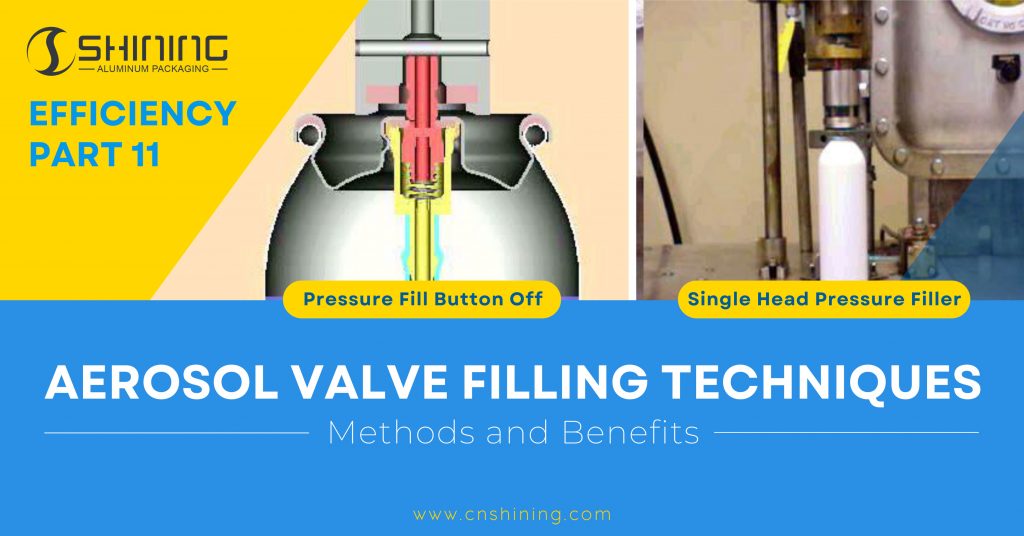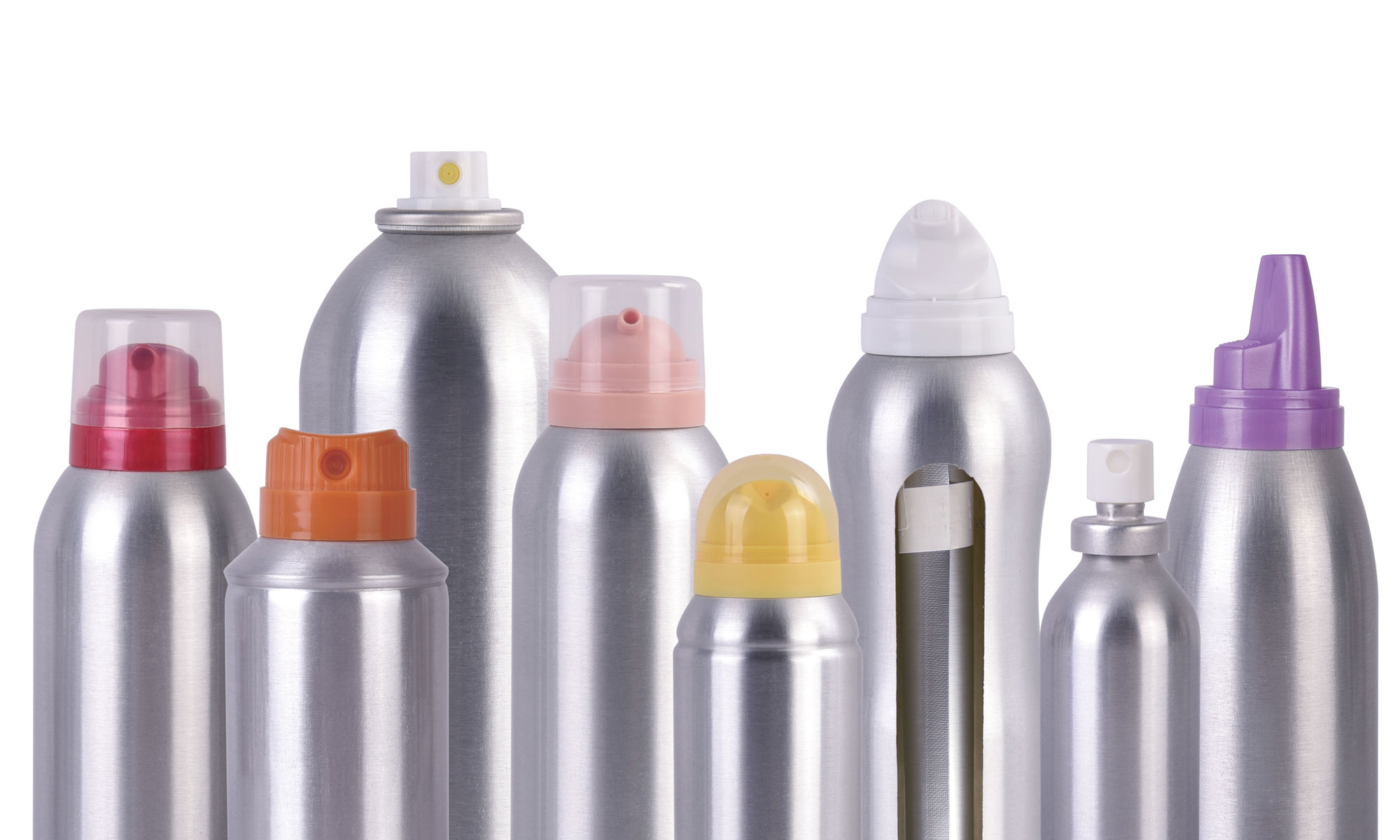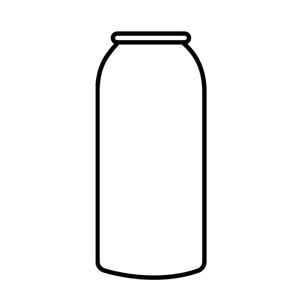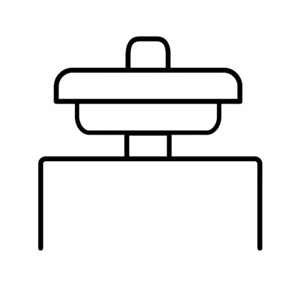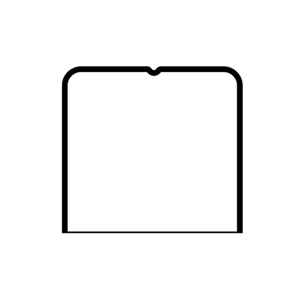Técnicas de llenado de válvulas de aerosol: métodos y eficiencia
Cuando se trata de la producción de válvulas de aerosol, el proceso de llenado es un paso crítico. Válvulas de aerosol Deben llenarse con precisión y exactitud para garantizar que cada producto funcione de manera uniforme y segura para los usuarios finales. En este artículo, exploraremos los principales métodos de llenado (UTC, llenado a presión y el método de agitación con gas), cada uno de los cuales ofrece ventajas únicas para diferentes aplicaciones. Ya sea que sea nuevo en la producción de válvulas de aerosol o un fabricante experimentado, comprender estas técnicas puede ser invaluable para garantizar la calidad y confiabilidad de su producto.
Métodos de llenado habituales para válvulas de aerosol
Las tres técnicas de llenado de aerosoles más comunes son el método UTC (debajo de la copa), el llenado a presión y el método del agitador con gas. Cada uno de estos métodos ofrece ventajas exclusivas y la elección depende del producto específico, el propulsor y los objetivos de producción.
1. Método de llenado UTC (debajo de la taza)
UTC, o Relleno debajo de la taza, es un método popular para llenar válvulas de aerosoles cuando se requiere alta precisión. Esta técnica implica sellar la válvula en la lata antes de inyectar el propulsor. Primero se llena la lata con el producto, luego se agrega el propulsor a través de un orificio en el vástago de la válvula. Este método garantiza un desperdicio mínimo de producto y un llenado limpio y uniforme.
Ventajas del UTC: La principal ventaja de UTC es que reduce la posibilidad de contaminación, ya que el producto se llena por separado del propelente. Además, UTC permite un llenado controlado, lo que garantiza que solo se inyecte la cantidad deseada de propelente.
2. Método de llenado a presión
El llenado a presión es otra técnica eficaz en la que tanto el producto como el propulsor se añaden a través de la válvula una vez que se ha engarzado en la lata. En este método, normalmente se utiliza el vacío para eliminar el exceso de aire antes del llenado, lo que mejora el sellado y preserva la calidad del producto.
Ventajas del llenado a presión: Este método es ventajoso para llenar latas con productos de alta viscosidad, ya que permite el uso de gases licuados, que generan una pulverización constante a lo largo del tiempo. También es preferible para aplicaciones en las que se desea un patrón de pulverización fuerte y constante.
3. Método del agitador Gasser
El método de agitación con gas se utiliza a menudo para productos en aerosol especializados. En este método, se llena la lata y se comprime, y luego se somete a un proceso de agitación para permitir que el gas se disuelva en el producto. Este método es especialmente común para aerosoles de grado alimenticio, donde se necesita una distribución precisa del propelente dentro del producto para lograr una pulverización de alta calidad.
Ventajas del agitador Gasser: Este método, que consiste en agitar la lata, garantiza que el propulsor y el producto se mezclen por completo. Es especialmente eficaz para aplicaciones de alimentos y bebidas en las que la consistencia en la calidad y el flujo del rociado es esencial.
Integración de métodos de llenado con líneas de producción
La integración perfecta de las técnicas de llenado de aerosoles con las líneas de producción es fundamental para lograr eficiencia. Los fabricantes suelen diseñar líneas de producción que admitan múltiples técnicas de llenado, lo que permite flexibilidad en la producción. También se emplean comúnmente sistemas automatizados, que permiten precisión, menores costos laborales y una mejor consistencia. Las líneas de producción modernas suelen utilizar monitoreo en tiempo real para detectar posibles problemas durante el proceso de llenado, lo que garantiza que cada lata de aerosol se llene correctamente y esté lista para su distribución.
En el caso de aplicaciones de alta demanda, como productos para el cuidado personal o el cuidado de la salud, las líneas de producción deben optimizarse para lograr velocidad sin comprometer la calidad. Los fabricantes incorporan cada vez más tecnologías inteligentes como la IoT y la IA para el mantenimiento predictivo y una mayor eficiencia operativa.
Garantía de calidad en el llenado de válvulas de aerosol
El control de calidad es un aspecto esencial del llenado de válvulas de aerosol, especialmente para industrias con requisitos regulatorios estrictos. A continuación, se indican algunos pasos que los fabricantes pueden seguir para garantizar la calidad:
- Prueba de fugas: Cada lata llena se prueba para detectar fugas para evitar el desperdicio de producto y garantizar la seguridad.
- Control de peso: Verificar el peso de cada lata llena es crucial para el control de calidad, garantizando que cada producto tenga la cantidad correcta de contenido.
- Prueba del patrón de pulverización: Para los productos donde la calidad de la pulverización es primordial, probar el patrón de pulverización ayuda a garantizar una experiencia de usuario consistente.
- Prueba de funcionalidad de la válvula: Para garantizar que la válvula se abra y se cierre correctamente, los fabricantes prueban cada unidad para confirmar su funcionalidad.
Muchos fabricantes invierten en máquinas de prueba automatizadas, que pueden evaluar rápidamente estos parámetros y reducir el error humano. Además, los datos en tiempo real de la línea de producción se pueden utilizar para ajustar los parámetros sobre la marcha, lo que garantiza un resultado de alta calidad para cada lata.
10 preguntas frecuentes sobre técnicas de llenado de válvulas de aerosol
- ¿Cuál es el mejor método de llenado para válvulas de aerosol? Depende del tipo de producto. UTC es ideal para llenados limpios, llenado a presión para productos de alta viscosidad y agitador de gas para una distribución uniforme del gas.
- ¿Cómo elijo el propulsor adecuado? Tenga en cuenta la viscosidad del producto, el patrón de pulverización deseado y el impacto ambiental al seleccionar un propulsor.
- ¿Cómo el llenado UTC previene la contaminación? UTC llena primero el producto y luego el propulsor, minimizando los riesgos de contacto y contaminación.
- ¿El llenado a presión es adecuado para todos los productos? El llenado a presión es versátil, pero funciona mejor con productos con propelentes de gas licuado para una pulverización uniforme.
- ¿Qué controles de calidad son importantes después del llenado? Las pruebas de fugas, los controles de peso y la verificación del patrón de rociado son esenciales para garantizar la calidad.
- ¿Por qué se utiliza el agitador de gas para aerosoles de calidad alimentaria? Asegura una distribución uniforme del propulsor dentro del producto, lo cual es importante para una pulverización consistente en aplicaciones de grado alimenticio.
- ¿Es posible automatizar los métodos de llenado? Sí, muchos fabricantes utilizan sistemas automatizados para mejorar la eficiencia y la precisión en el llenado.
- ¿Cómo puedo garantizar el cumplimiento ambiental? Elija propulsores ecológicos y siga los protocolos de gestión de residuos para cumplir con las normas.
- ¿Cuál es la importancia de probar el patrón de pulverización? Asegura que el producto ofrezca la cobertura deseada, crucial para aplicaciones como productos de cuidado personal.
- ¿Cómo mejoran los sistemas automatizados la eficiencia del llenado? Reducen los costos laborales, minimizan los errores y permiten una producción de alta velocidad con calidad constante.
¿Listo para aprender más?
En nuestra fábrica, nos especializamos en productos avanzados. Fabricación de válvulas de aerosol técnicas, asegurando que cada producto se llene con precisión y calidad. Visite nuestra Página del producto Para obtener más información o contáctenos directamente para analizar sus necesidades de válvulas para aerosoles. Nuestro equipo de expertos está aquí para guiarlo en cada paso, desde la elección de la válvula adecuada hasta el control de calidad en el llenado.
Para obtener más información sobre los métodos de llenado de válvulas de aerosol, visite Este artículo en Wikipedia para profundizar su comprensión de la tecnología de pulverización de aerosol.

















